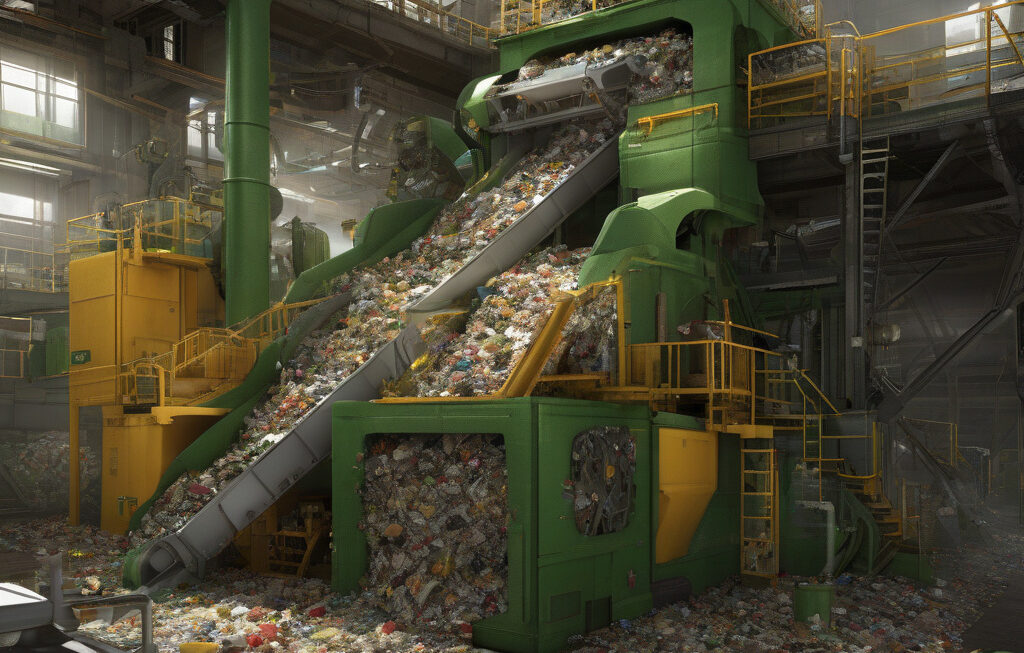World’s First 1-Step Method by US-China Team Turns Plastic into Fuel at 95% Efficiency
Scientists in the United States and China say they have developed a one-step method to revolutionize the way we deal with plastic waste. This groundbreaking innovation allows for the transformation of plastic into fuel with an impressive efficiency rate of 95%. The collaborative effort between researchers from the US and China has paved the way for a more sustainable future by addressing the pressing issue of plastic pollution and the growing demand for alternative fuel sources.
The conventional methods of recycling plastic often involve complex processes that are energy-intensive and not always environmentally friendly. However, this new 1-step method offers a streamlined approach that is not only efficient but also cost-effective. By converting plastic waste into fuel in a single step, the need for multiple stages of processing is eliminated, reducing the overall energy consumption and carbon footprint of the recycling process.
The key to this innovative method lies in the catalytic process that breaks down the molecular structure of plastic and converts it into a usable fuel product. By using a combination of catalysts, heat, and pressure, the researchers were able to achieve a remarkable efficiency rate of 95%, surpassing many traditional recycling methods in terms of both speed and effectiveness.
One of the most significant advantages of this new technology is its versatility. It can handle a wide range of plastic waste, including polyethylene, polystyrene, and polypropylene – some of the most common types of plastics found in single-use packaging and other products. This means that a diverse array of plastic waste streams can be effectively converted into fuel, reducing the amount of plastic that ends up in landfills or polluting our oceans.
Furthermore, the fuel produced through this method has been shown to have a high energy content, making it a viable alternative to traditional fossil fuels. This could potentially help reduce our reliance on non-renewable resources and decrease greenhouse gas emissions associated with the burning of fossil fuels.
In addition to its environmental benefits, the 1-step method also holds promise in terms of economic impact. By creating a value-added product from plastic waste, it opens up new opportunities for generating revenue from materials that were previously considered non-recyclable. This could incentivize the collection and recycling of plastic waste, turning a once costly problem into a profitable solution.
As we look towards a more sustainable future, innovations like the world’s first 1-step method to convert plastic into fuel at 95% efficiency represent a significant step forward in addressing the global plastic crisis. By harnessing the power of collaboration and scientific ingenuity, researchers in the US and China have shown that it is possible to turn waste into a valuable resource. This breakthrough not only offers a practical solution to the mounting issue of plastic pollution but also highlights the potential for innovation to drive positive change on a global scale.
In conclusion, the development of this groundbreaking technology signals a new era in the fight against plastic waste and the pursuit of sustainable energy solutions. By reimagining the potential of plastic as a feedstock for fuel production, we are not only reducing environmental harm but also creating new opportunities for a more circular economy. The world’s first 1-step method by the US-China team is a shining example of how innovation can transform challenges into triumphs, offering hope for a cleaner, greener future for generations to come.
plastic, fuel, recycling, innovation, sustainability












